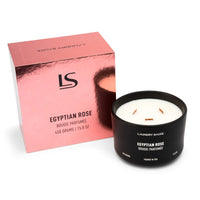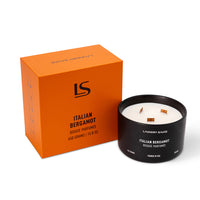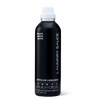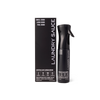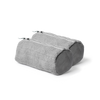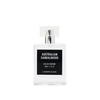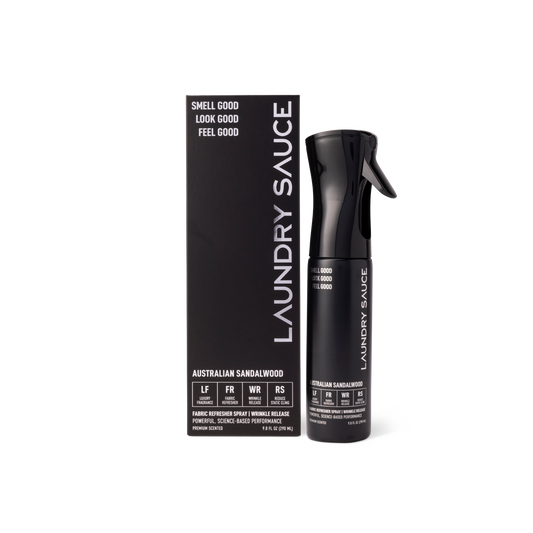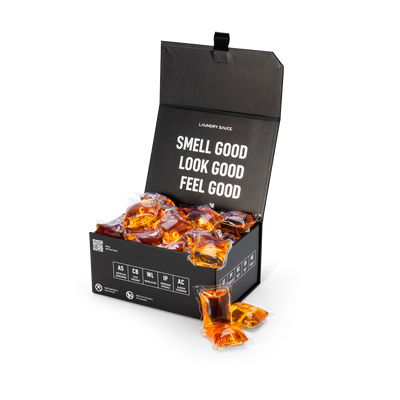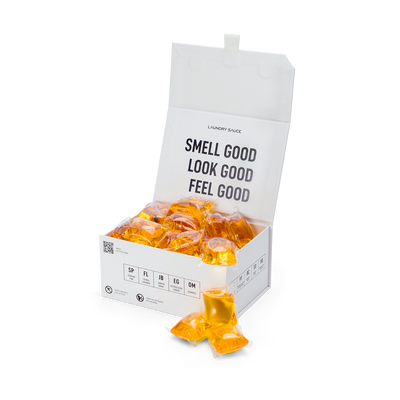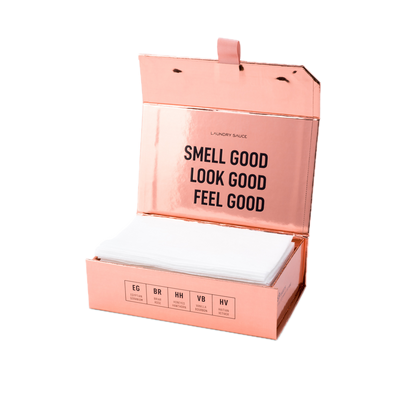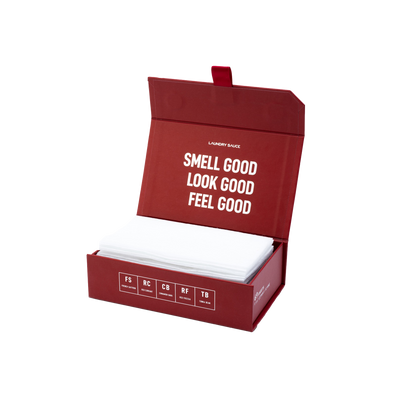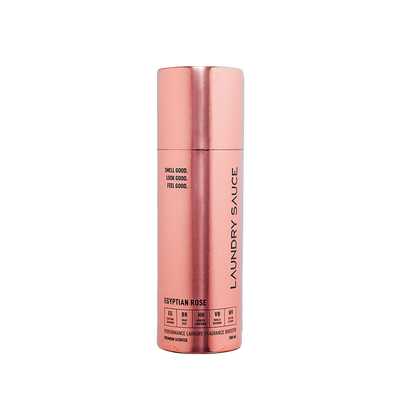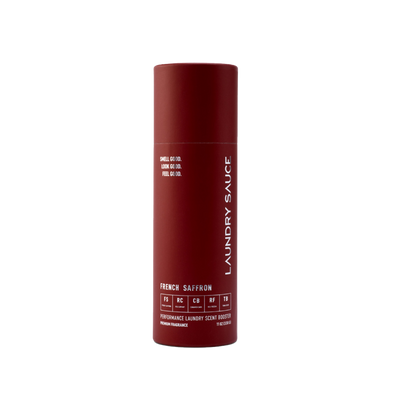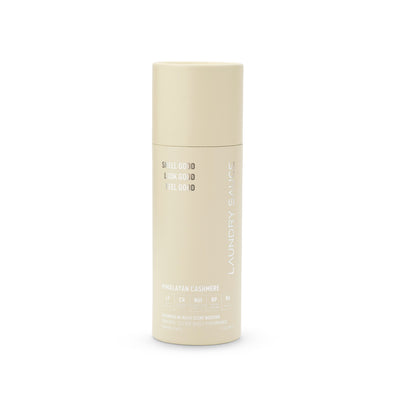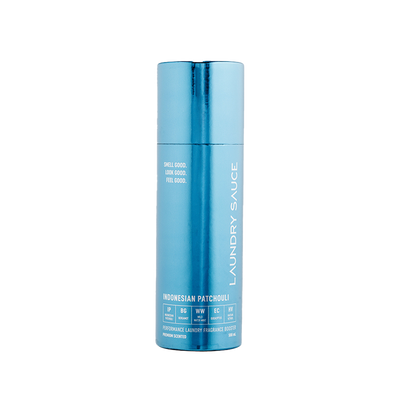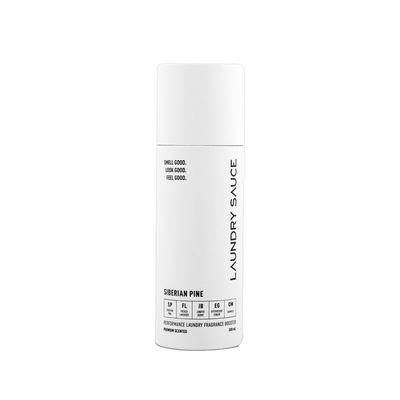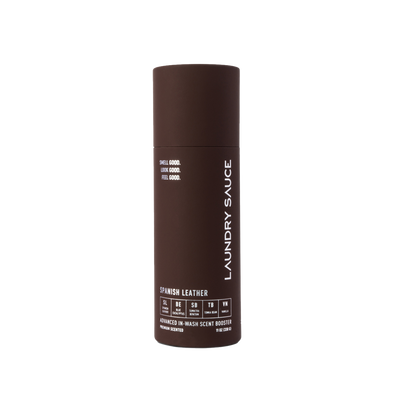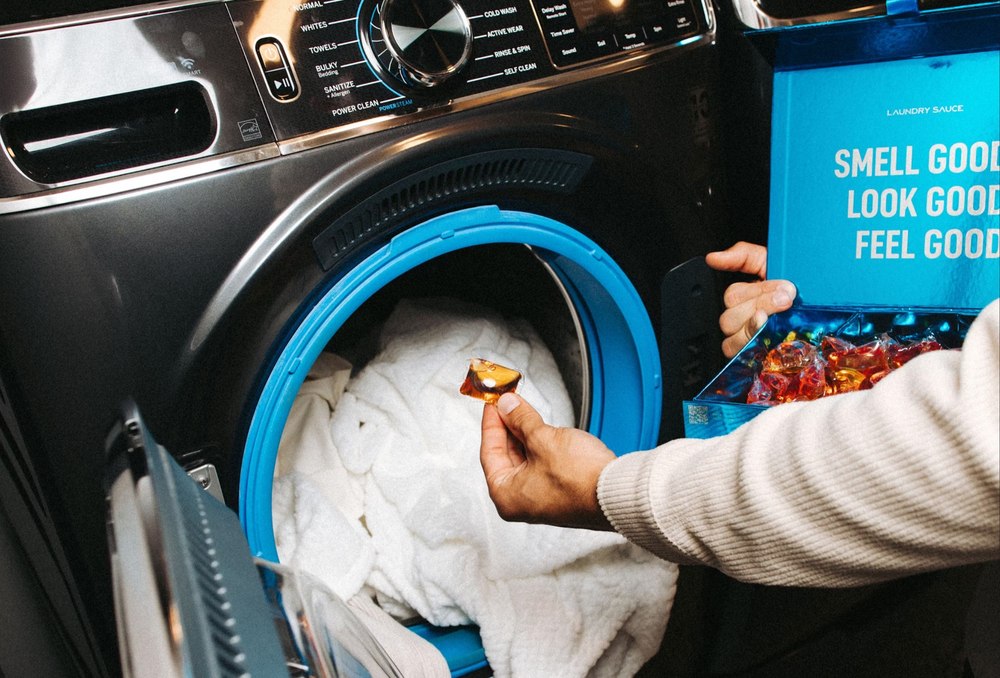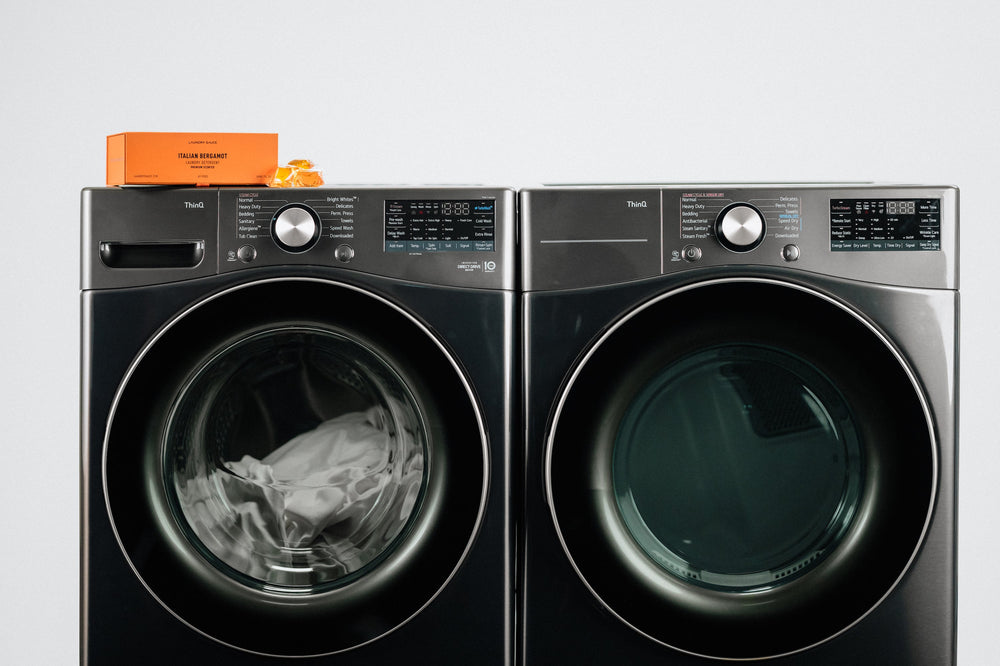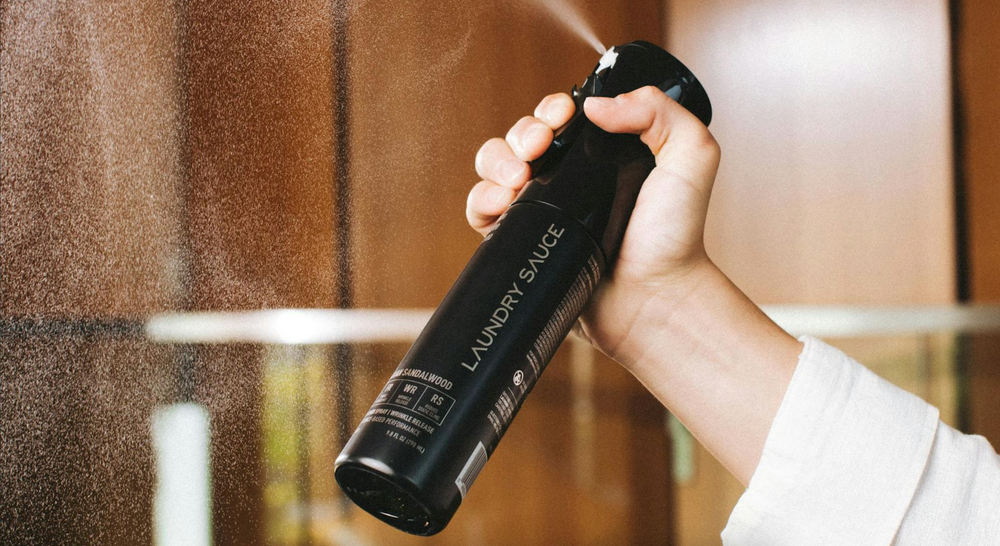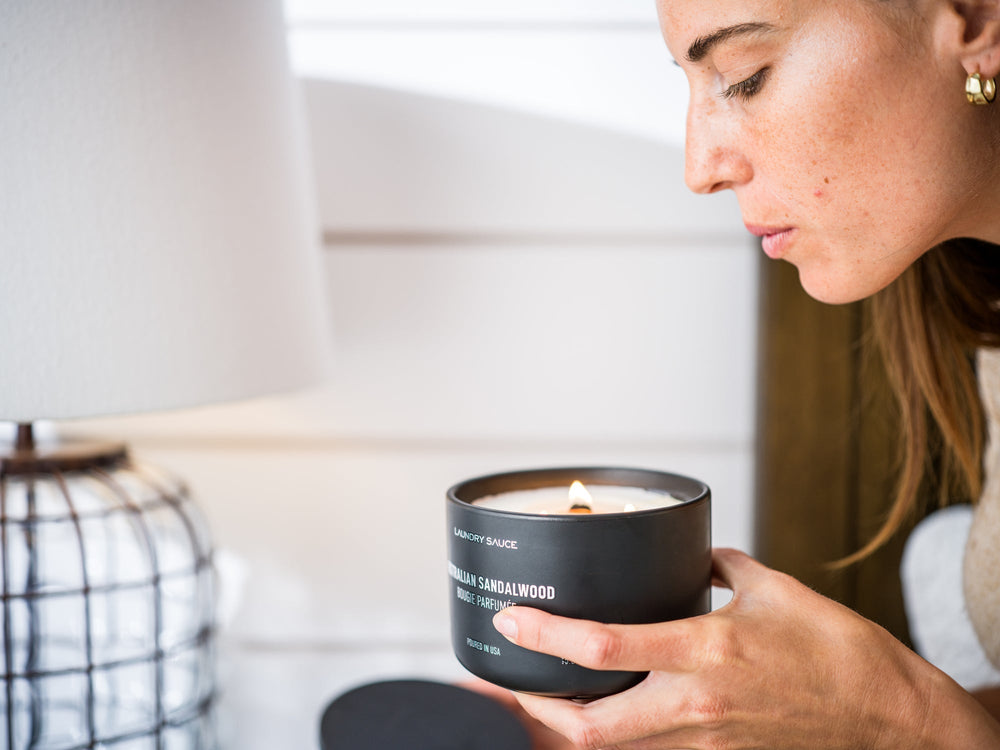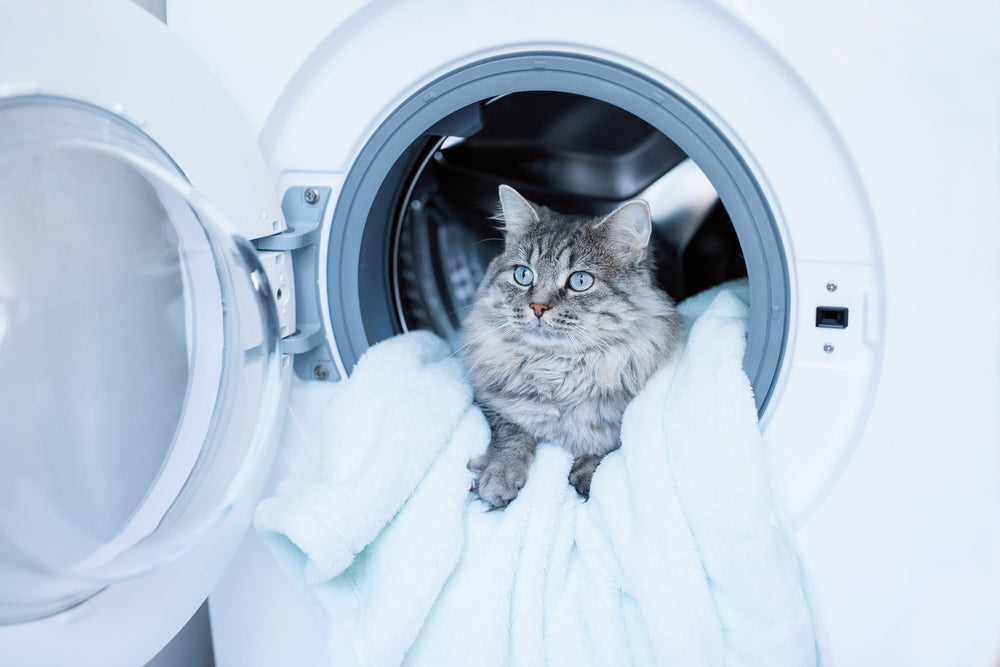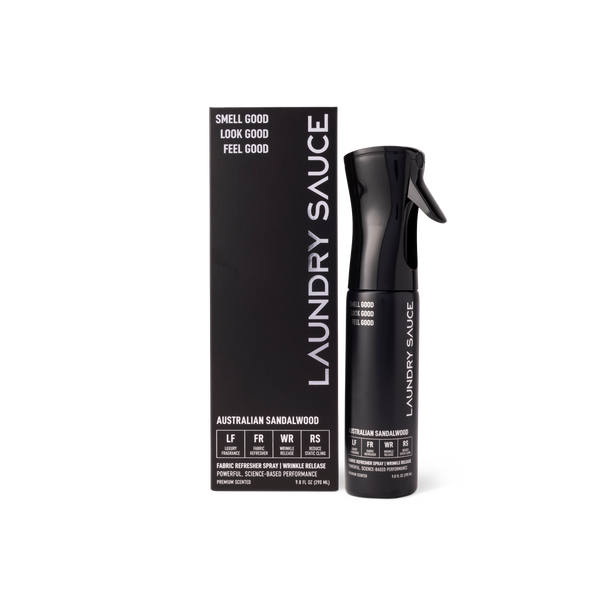Your fall and winter wardrobes are lint’s favorite playground. Sweaters, hoodies, blankets—the soft, cozy things that make fall worth it are also lint factories. Every time you toss that chunky knit or flannel throw into the dryer, microscopic fibers shed off and collect in the lint trap. That’s what it’s there for.
But if you’re reading this, there’s a good chance your lint trap hasn’t seen a proper cleaning in a while. Maybe ever. And that’s a problem.
A clogged lint trap doesn’t just make your dryer less efficient—it can actually become a fire hazard. Lint buildup blocks airflow, traps heat, and forces your dryer to work overtime. You’ll notice longer dry times, higher energy bills, and that suspicious “burnt fabric” smell that makes you wonder if you’re doing permanent damage.
Here’s how to clean your dryer lint trap step by step so your clothes dry faster, smell fresher, and don’t self-destruct in the process.
1. Remove the Lint Screen
Start simple. Open your dryer door and locate the lint screen—usually right inside the door frame or on top of the machine. Pull it out gently.
If it feels welded in place, that’s probably your first sign you’ve been ignoring it too long.
2. Loosen the Lint With Your Fingers
Use your hands to peel off the thick layer of lint that’s covering the mesh. You’ll probably get a weird sense of satisfaction from it. It’s like removing a dryer’s face mask. Don’t be surprised if it comes off in one satisfying sheet.
If there’s residue left behind, use a soft brush or your fingers to gently dislodge it. Avoid metal tools or anything sharp; you don’t want to tear the screen.
3. Wash the Screen with Warm, Soapy Water
Even if the screen looks clean, it’s probably coated in invisible film from dryer sheets and fabric softeners. That buildup blocks airflow, reducing efficiency and making your dryer work harder than it should.
Fill your sink or a basin with warm water and a few drops of mild dish soap. Submerge the screen and scrub gently with a soft brush or sponge. You’ll see grime and residue start to lift away.
Rinse it thoroughly under running water, then let it air dry completely before putting it back in the dryer. A wet lint screen can trap moisture and cause more buildup later.
4. Vacuum the Lint Trap Slot
This is the step everyone forgets—and the one that matters most. Your lint screen only catches the big stuff. Plenty of dust and debris still slip past it, settling in the trap slot or vent area.
Use a vacuum with a long, narrow attachment to reach as far into the slot as possible. Move it around to loosen any lint stuck along the edges or deep in the vent. You’d be surprised how much you’ll pull out.
If you haven’t done this in months (or years), this single step can dramatically improve your dryer’s performance.
No matter what your care tag says, these must-haves keep your clothes looking and smelling their best—minus the guesswork.
Common Questions About Cleaning Dryer Lint Traps
You’re not the only one wondering. Let’s clear up a few of the most common lint-trap mysteries.
How Often Should You Clean a Dryer Lint Trap?
Clean your lint trap after every load. Seriously. It takes five seconds, and it prevents hours of frustration later. For a deeper clean (washing the screen and vacuuming the slot), aim for once a month, or more often during heavy laundry seasons like winter.
What Happens If You Don’t Clean Your Dryer Lint Trap?
Your dryer becomes less efficient, your clothes take longer to dry, and you risk overheating the machine. Over time, trapped heat and lint can even cause a dryer fire. Not to be dramatic, but it’s one of the leading causes of household fires.
Why Does So Much Lint Get Past My Lint Trap?
Even the best traps miss a little. Airflow pushes fine fibers through the mesh and into the vent duct, which is why professional vent cleaning every year or so is a smart move. Regular maintenance helps keep lint from piling up where you can’t see it.
Laundry Sauce: Lint’s Worst Nightmare
Lint happens. But with the right tricks, you can get it out fast—and stop it from coming back. Laundry Sauce products are designed to make lint, fuzz, and static a thing of the past.
Our fabric softener helps keep fibers smooth, so they shed less in the first place. Dryer sheets tame static and friction, which means fewer fuzzy casualties on your favorite sweatshirt. And our fabric refresher spray prevents lint from clinging to clothes while enveloping them with that five-star hotel scent.
Remember, laundry isn’t just about cleaning your clothes—it’s about taking care of the things that make you feel good wearing them.


